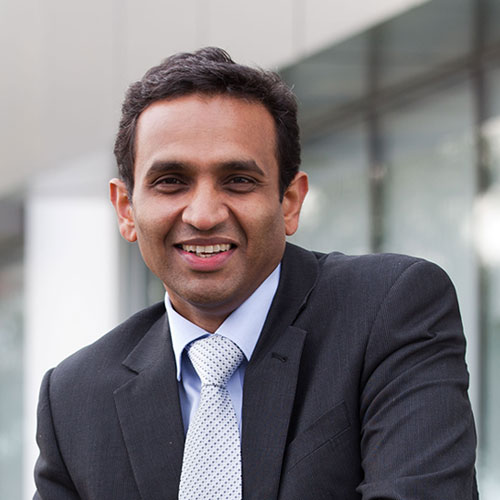Jade Logistics’ today announced that it was past the half way mark of a five port implementation of its Master Terminal software in the United States. The successful implementation of Master Terminal in Mobile, Alabama is the third of five planned Diversified Port Holdings (DPH) sites and follows successful implementations in Jacksonville and Fort Lauderdale.
DPH, an integrated ports logistics business, selected Master Terminal to operate its five shipping terminals in the south-eastern United States. In particular DPH required Jade’s expertise in solving the complex problem of managing high volumes of disparate cargo, especially in Mobile where the port operation handles a mix of cargo including steel commodities and frozen produce. The installation was completed in the record time of six weeks, well ahead of schedule. DPH is now enjoying the benefits the Master Terminal system brings to its operation and the port plans to extend the functionality to other areas of its business.
Impressed with the overall implementation, Dennis Rhodes, CIO at DPH said “Working with Jade gave us confidence that the implementation would deliver us the operational efficiencies we were looking to gain in our business. Jade’s flexibility and training enabled our staff to adapt quickly to the new technology.” David Lindsay, Jade’s Managing Director commented that the ability to implement Master Terminal in less than three months realized significant value for ports, reducing their costs.
“Successful implementations in these timeframes are unheard of in the industry and make the selection of Jade Master Terminal even more compelling for mixed cargo terminals,” said David.
The next implementation of Master Terminal at DPH will be in New Orleans, scheduled for mid-April 2014.
Master Terminal is one of the world’s fastest growing terminal operating systems, having been implemented in Norway, Italy, UAE, USA, Iraq, Brazil, Ghana, Australia and New Zealand. It solves the complex problem of managing high volumes of disparate cargo. A highly reliable system that maximizes operational efficiency and improves competitiveness, the Master Terminal product provides its customers with a single integrated view of their operations leading to increased productivity throughout the port. Rapid implementation makes Master Terminal the perfect fit for growing and ambitious ports.


 Captain Kaustubh Dalvi, Jade Logistics’ President of Global Sales, looks at changes and challenges facing ports, and explains how technology, people, and processes can prepare the path to automation.
Captain Kaustubh Dalvi, Jade Logistics’ President of Global Sales, looks at changes and challenges facing ports, and explains how technology, people, and processes can prepare the path to automation.